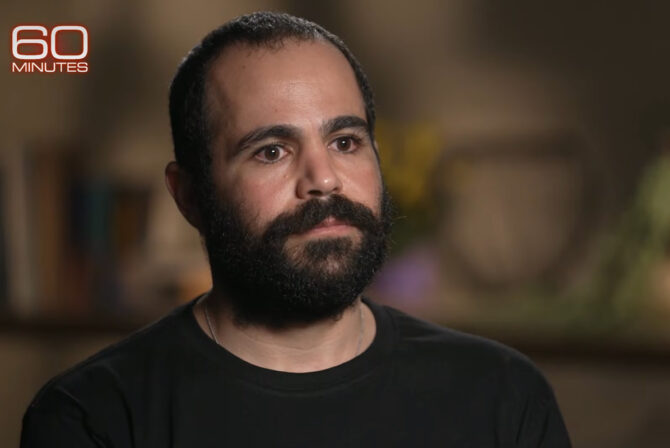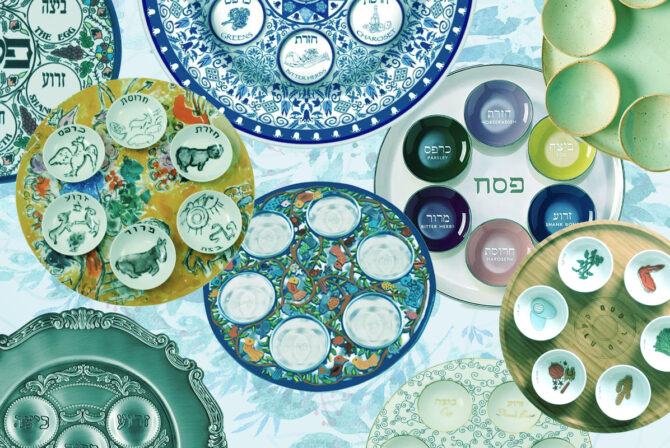It seemed like an easy enough question. What books could I use to teach my preschooler about Tisha B’Av? Since my son was born, children’s books had heralded every event of his life, big or small. We had Boynton for waking up and bedtime; “How Are You Peeling?” to discuss emotions, Berenstain Bears to assist with our move to a new city, and I had bought picture books for every Jewish holiday. But the first time I tried to explain why I wasn’t eating or drinking on a hot summer day, I didn’t have a book to help me.
The concept of fasting was relatively easy.
“Not eating is a way of remembering sad things that have happened,” I told my 3-year-old. “When we don’t eat, our bodies feel bad, and that reminds us of feeling bad in our hearts. It’s also a way of talking to God. It’s like we’re saying, ‘God, help me. I feel so sad about what happened, I can’t even eat anything!’” I stopped and responded to simple questions about when I could eat again and whether I was allowed to drink water. But my son didn’t stop there.
“Mommy, what sad thing are you remembering?”
There was the hard part. Where, oh, where was the children’s book I needed?
“It happened a long, long time ago,” I began. Aware that this phrase might imply anything from “the time of the dinosaurs” to “last week” to a young child, I elaborated, “It was before anyone we know was alive, before any of their grandparents were even alive. It was before cars–”
“And trains? Even steam trains?” interrupted my son.
“Even before steam trains. A long time ago, the Jews had a very special synagogue called the Beit HaMikdash, the Temple, in Jerusalem. Jewish people would come to Israel from all over the world to talk to God in the Temple.” So far, so good. I took a deep breath and went on. “But bad guys came and fought with the Jews and destroyed the Beit HaMikdash.”
There, I’d said it. Was it too much?
Fortunately, my son looked serious and inquisitive, not frightened. It seemed like I’d given a reasonable level of response. He had a lot of questions for me. “Why, Mommy, why? Why did they do that? How did they destroy it? Did it get fixed?” I tried my best to keep my answers short and reiterate the main point: people had been mean to the Jews, they had destroyed the Temple, and Tisha B’Av was a day to remember our sadness.
In the years since then, this conversation has been replayed multiple times in my house. Each year, I look online to see if anyone has addressed the themes of Tisha B’Av in a child -appropriate way. Although my son was ready to hear about the destruction of the Temple, the purpose of telling the story is not necessarily to give young children the sense of the day. (I didn’t even consider the summer camp activity of having children build an elaborate block tower and then knocking it down unexpectedly.) Tisha B’Av contains less dramatic concepts such as letting ourselves feel unhappy when something bad happens, the importance of memory and of recalling negative events as well as positive ones, and the appreciating the loss of an item or place that is precious to us.
Children’s books tend to emphasize the idea that everything can be repaired or made happy again, but why? Children are certainly familiar with sadness, despair, anger, frustration, and loneliness; books that describe those feelings are validating. Books that put those feelings in a traditional Jewish context embrace and support these feelings along with the rest of the human experience.
My kids know that bad things happen, both to the Jews and in the world at large, but they don’t have the comfort of picture books that make their feelings comprehensible or familiar. Anybody want to write one?
Like this post? Get the best of Kveller delivered straight to your inbox.







